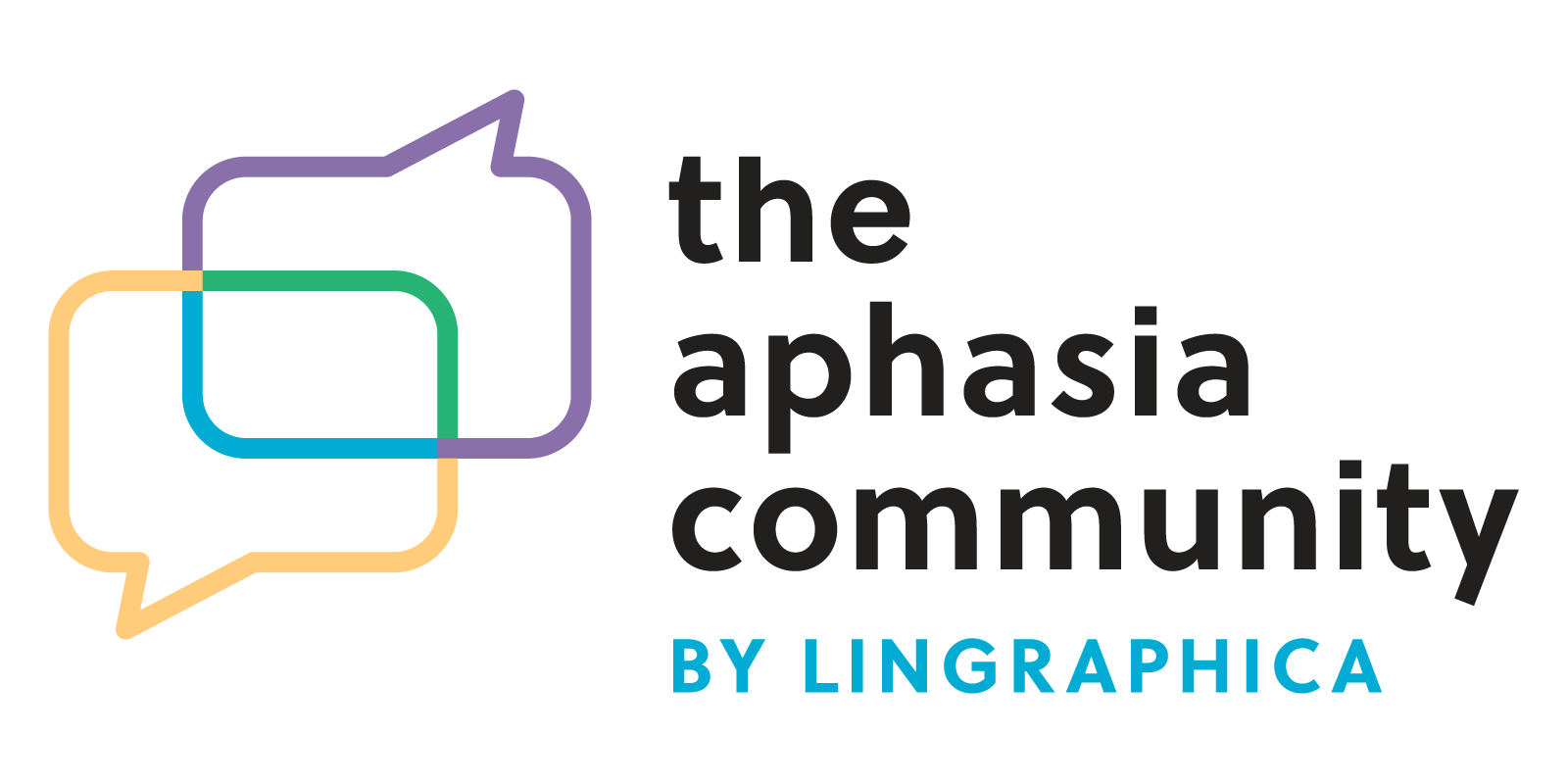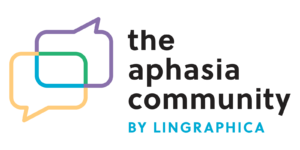Treatment of Underlying Forms (TUF)
Sentence structure is something that is difficult for many people with aphasia. Treatment of Underlying Forms (TUF) is a treatment strategy to improve sentence structure. It is mostly used with people who have nonfluent aphasia, like Broca’s aphasia. People with nonfluent aphasia usually have difficulties with agrammatism. This includes word order, sentence structure, and using “small” words like prepositions, conjunctions, and articles.
TUF takes a different approach than many other aphasia therapies. Many aphasia treatments start at a simple level and become more difficult as the person progresses. However, TUF starts with more complex sentences. The goal is that success with complex sentences will automatically lead to success with simpler sentences.
An example of this is passive sentences. Passive sentences are typically more difficult for people with aphasia to understand and use. An example of a passive (as opposed to active) sentence is:
- Passive: Karen was given flowers by Gus.
- Active: Gus gave Karen flowers.
In TUF, training would focus on passive voice. The treatment directly targets the more complex sentence. The treatment’s goal is that improvements will also be seen in the use/understanding of the simpler sentence.
TUF is designed for people who have impaired grammar and sentence structure. People who are most successful will have basic comprehension abilities. This therapy might be too advanced for someone who has severe comprehension impairments.
TUF has been shown to be effective in helping people with aphasia to produce more complex sentences. It also has led to longer sentences and an improvement in the correct use of verbs.

